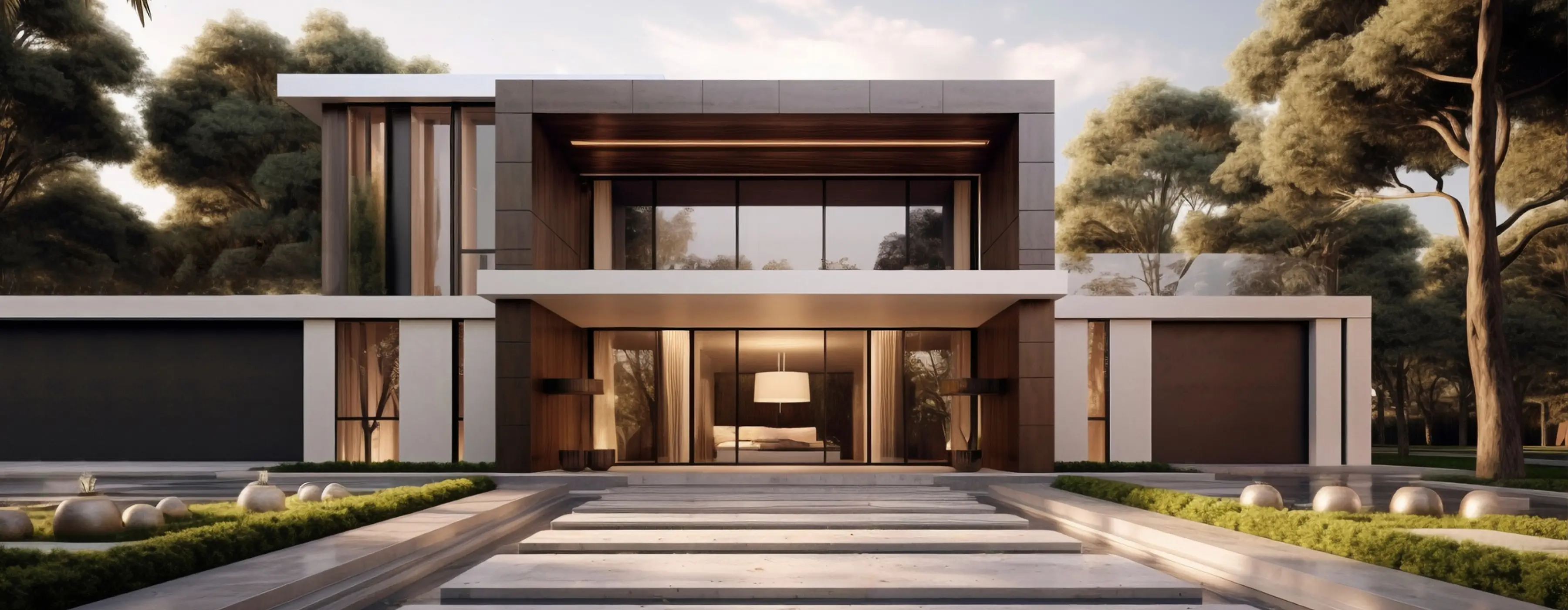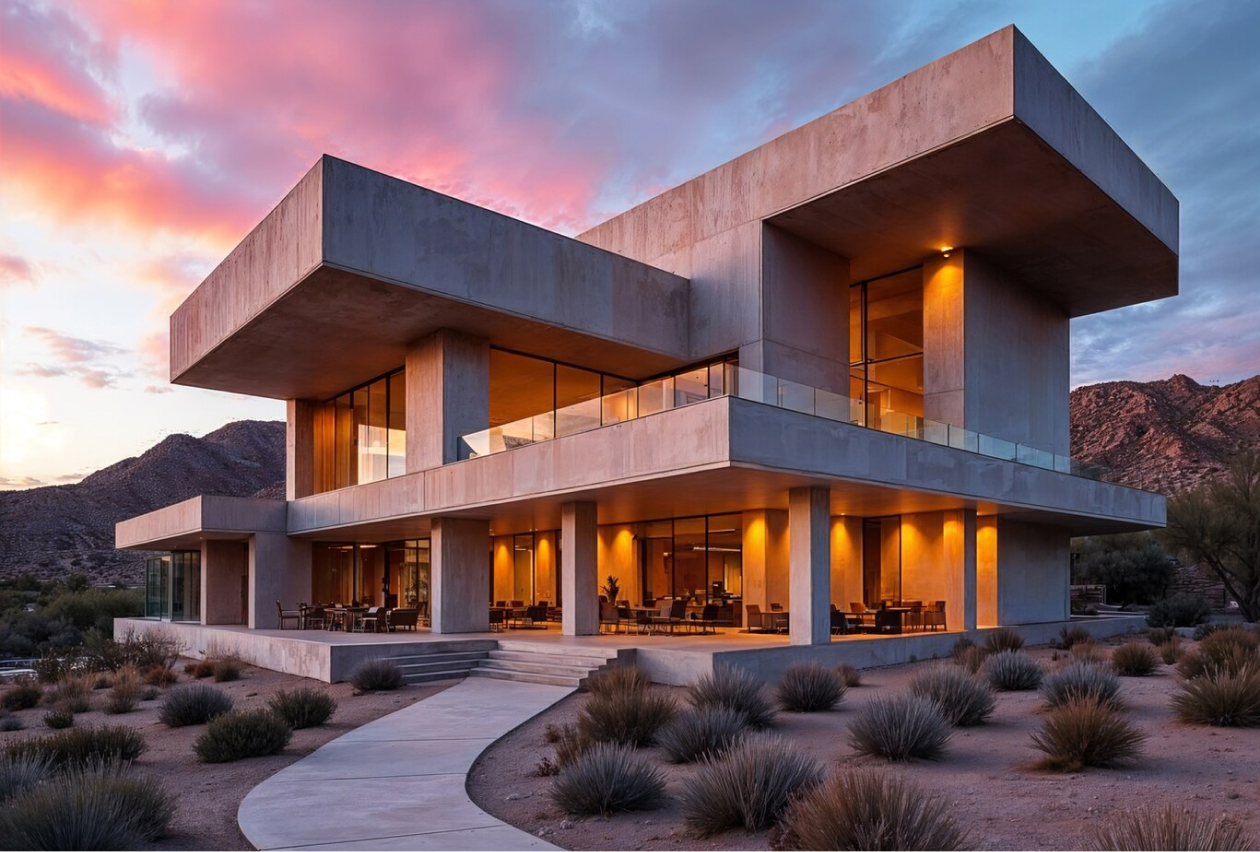
Minimalism redefines how we experience space and simplicity. This design philosophy values clarity, open layouts, and natural light, offering a calm escape from the chaos of modern life.
In architecture, minimalism emphasizes essential forms and clean lines. Every element serves a purpose, removing distractions to create environments of harmony and focus.
Beyond aesthetics, minimalism supports sustainability. Using fewer materials and prioritizing efficiency helps reduce waste and energy use, aligning beauty with environmental responsibility.
Minimalist spaces encourage mindfulness and balance. They invite people to slow down, breathe, and reconnect with what truly matters—proving that less can indeed mean more.
Minimalism celebrates clarity, simplicity, and balance. Modern architects use clean lines, open layouts, and natural light to craft peaceful, purposeful spaces that calm the mind.
This approach values quality over quantity. By focusing on essential elements, minimalist architecture promotes harmony, mindfulness, and a deep appreciation for space and structure.

Adaptive reuse gives old structures new life and relevance
- Preserving history through innovation: By transforming industrial or abandoned spaces, architects maintain cultural heritage while reducing construction waste and costs.
- Urban revitalization impact: This practice fosters sustainability and community engagement, turning forgotten places into vibrant, functional environments.
Adaptive reuse gives old structures new life and relevance.
Architects use clean geometry, light, and natural textures to create balance and calm. By focusing on essential elements, minimalism reduces clutter and enhances awareness of form and proportion. Each structure becomes a reflection of clarity, encouraging harmony between people, space, and purpose.





